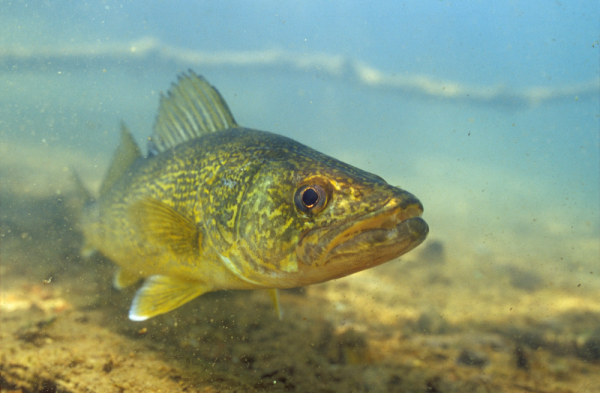The Saint Maurice River tells tales
If the Saint Maurice River could talk, it would certainly have a rich inventory of stories to tell. It drains one of the largest watersheds in the province of Quebec, an area that includes over three thousand lakes and reservoirs. Measuring in at a length of 395 km and with an average flow of 663 m3/s (equivalent to an Olympic sized swimming pool flowing by every 4 seconds), it’s also one of the most important tributaries of the St. Lawrence River – in short, it’s a heavy hitter.
To say that the region’s natural bounty helped shape the local economy and the history of those that reside there is likely an understatement. With forests covering over 85% of the territory, forestry has played an important role in the region’s socioeconomic development for over 150 years. Until very recently – 1995 to be exact – log driving was practiced on the Saint Maurice River in order to transport timber to processing facilities further downstream. The river’s relatively steep drop in elevation from source to mouth also made it highly suitable for hydropower development. Today, the Saint Maurice has more hydropower dams than any other river in Quebec, with a total of 11 facilities along its course. Recreation and tourism have also become important industries in the watershed, attracting visitors from across the globe to take in its natural assets.
For these, and many other compelling reasons, we decided to assess the Saint Maurice River in our most recent round of freshwater health assessments.
Unfortunately, despite our best efforts, the story of the Saint Maurice’s freshwater health is one that will need to be continued – or using freshwater health assessment jargon, “data deficient”. Because we were unable to acquire the necessary data to adequately assess two of the four key indicators of freshwater health – water flow and fish – we were unable to assign the watershed with an overall score for river health (we need a minimum of 3 out of the 4 indicators to be data sufficient in order provide an overall score).
Although results are incomplete, what we do know is promising. The river received a score of “good” for both water quality and bug (benthic) health. For a river that counts several large industries and municipalities near or along its shores, this is definitely a positive sign.
Another positive sign is the presence of groups and individuals that care deeply about this river. One such organization, the Bassin Versant Saint Maurice, was a key collaborator in our efforts to create the assessment and is a strong voice for the promotion of sustainable development in the region. The organization is also engaged in various data collection initiatives that shed light onto the health of the river and its tributaries. Without their data and data provided by other key collaborators, we wouldn’t have been able to arrive at these conclusions for the Saint Maurice – which, although partial, are still highly valuable and provide a glimpse into the full story of the health of the Saint Maurice River.


